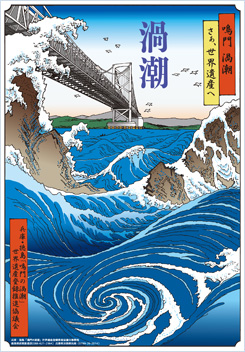A World Heritage Site is a site that has been selected by UNESCO, in accordance with the “Convention Concerning the Protection of World Cultural and Natural Heritage (World Heritage Convention),” where the site has been determined as possessing outstanding universal value, and such sites are inscribed on the list of World Heritage Sites.
These sites are comprised of 3 different categories, namely, “Cultural Heritage,” which include monuments, architectural structures, ruins, etc., “Natural Heritage,” which include land features/geological formations, biological ecosystems, natural landscapes, etc., and “Mixed Properties,” which combine both elements, and all such sites are recognized as part of a shared heritage that transcends the boundaries of countries and ethnicities, which deserve to be shared and celebrated by humankind.
As of July of 2024, the number of World Heritage Sites amounts to 1,223.
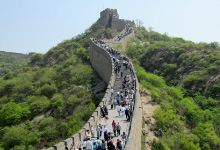
Great Wall of China (China)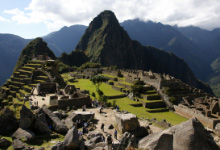
Historic Reserve of Machu Picchu (Peru)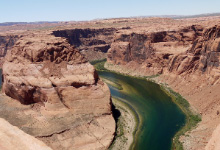
Grand Canyon National Park (America)
A List of Japanese Cultural/Natural Heritage Sites Registered by UNESCO as World Heritage Sites
In Japan, there are 25 World Heritage Sites.
Cultural Heritage
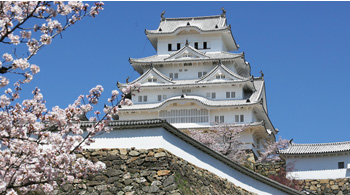
| Buddhist Monuments in the Horyu-ji Area | Nara Prefecture | 1993 |
|---|---|---|
| Himeji-jo | Hyogo Prefecture | 1993 |
| Historic Monuments of Ancient Kyoto | Kyoto and, Shiga Prefectures | 1994 |
| Historic Villages of Shirakawa-go and Gokayama | Gifu and, Toyama Prefectures | 1995 |
| Hiroshima Peace Memorial (Genbaku Dome) | Hiroshima Prefecture | 1996 |
| Itsukushima Shinto Shrine | Hiroshima Prefecture | 1996 |
| Historic Monuments of Ancient Nara | Nara Prefecture | 1998 |
| Shrines and Temples of Nikko | Tochigi Prefecture | 1999 |
| Gusuku Sites and Related Properties of the Kingdom of Ryukyu | Okinawa Prefecture | 2000 |
| Sacred Sites and Pilgrimage Routes in the Kii Mountain Range | Mie, Nara and Wakayama Prefectures | 2004 |
| Iwami Ginzan Silver Mine and its Cultural Landscape | Shimane Prefecture | 2007 |
| Hiraizumi – Temples, Gardens and Archaeological Sites Representing the Buddhist Pure Land | Iwate prefecture | 2011 |
| Fujisan, Sacred Place and Source of Artistic Inspiration | Shizuoka and, Yamanashi prefectures | 2013 |
| The Tomioka Silk Mill and Related Sites (JNTO Website)Open a New Window |
Gunma Prefecture | 2014 |
| Sites of Japan’s Meiji Industrial Revolution: Iron and Steel, Shipbuilding and Coal Mining | Iwate, Shizuoka, Yamaguchi, Fukuoka, Kumamoto, Saga, Nagasaki and Kagoshima Prefectures | 2015 |
| Hidden Christian Sites in the Nagasaki Region | Nagasaki and, Kumamoto Prefectures | 2018 |
| Mozu-Furuichi Kofun Group: Mounded Tombs of Ancient Japan | Osaka Prefecture | 2019 |
| Jomon Prehistoric Sites in Northern Japan | Hokkaido, Aomori, Iwate and, Akita Prefectures | 2021 |
| Sado Island Gold Mines | Niigata Prefecture | 2024 |
Natural Heritage
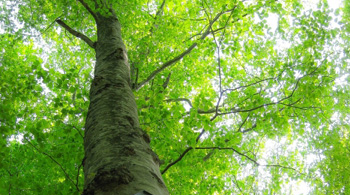
| Yakushima | Kagoshima Prefecture | 1993 |
|---|---|---|
| Shirakami-Sanchi | Aomori and, Akita Prefectures | 1993 |
| Shiretoko | Hokkaido Prefecture | 2005 |
| Ogasawara Islands | Tokyo | 2011 |
| Amami-Oshima Island, Tokunoshima Island, Northern part of Okinawa Island, and Iriomote Island | Kagoshima and, Okinawa Prefectures | 2021 |
In order to be registered on the list of World Heritage Sites, the site must meet at least one of the selection criteria, while satisfying the criteria of authenticity and integrity, and it is required that domestic legislative measures are being taken by the signatory country, in order to appropriately protect and manage the site.
- to represent a masterpiece of human creative genius;
- to exhibit an important interchange of human values, over a span of time or within a cultural area of the world, on developments in architecture or technology, monumental arts, town-planning or landscape design;
- to bear a unique or at least exceptional testimony to a cultural tradition or to a civilization which is living or which has disappeared;
- to be an outstanding example of a type of building, architectural or technological ensemble or landscape which illustrates (a) significant stage(s) in human history;
- to be an outstanding example of a traditional human settlement, land-use, or sea-use which is representative of a culture (or cultures), or human interaction with the environment especially when it has become vulnerable under the impact of irreversible change;
- to be directly or tangibly associated with events or living traditions, with ideas, or with beliefs, with artistic and literary works of outstanding universal significance. (The Committee considers that this criterion should preferably be used in conjunction with other criteria);
- to contain superlative natural phenomena or areas of exceptional natural beauty and aesthetic importance;
- to be outstanding examples representing major stages of earth’s history, including the record of life, significant on-going geological processes in the development of landforms, or significant geomorphic or physiographic features;
- to be outstanding examples representing significant on-going ecological and biological processes in the evolution and development of terrestrial, fresh water, coastal and marine ecosystems and communities of plants and animals;
- to contain the most important and significant natural habitats for in-situ conservation of biological diversity, including those containing threatened species of outstanding universal value from the point of view of science or conservation.
Sites registered under the aforementioned criteria 1 through 6 are recognized as Cultural Heritage Sites, while those registered under criteria 7 through 10 are recognized as Natural Heritage Sites, and those registered under a combination of these criteria are designated as Mixed Properties.
IUCN – International Union for Conservation of Nature (Natural Heritage)


